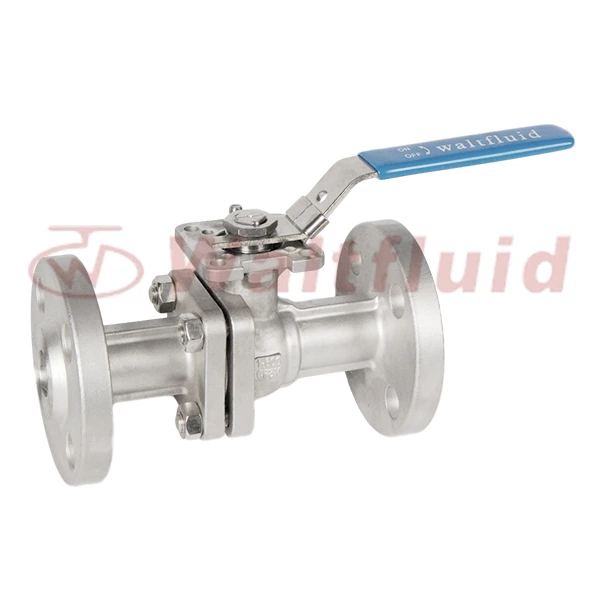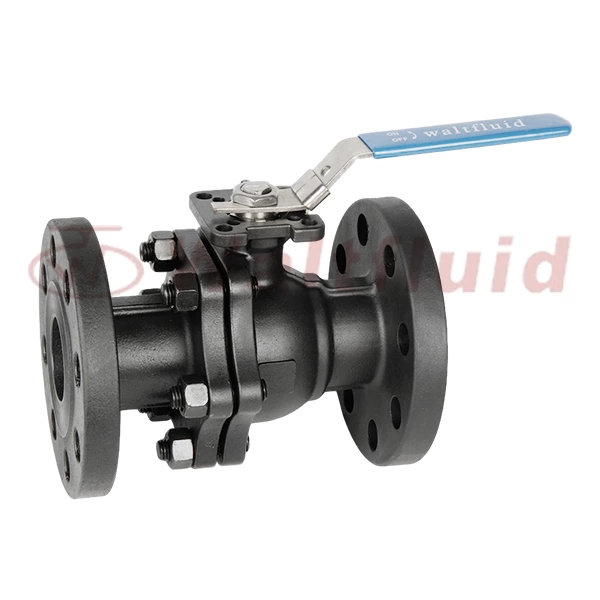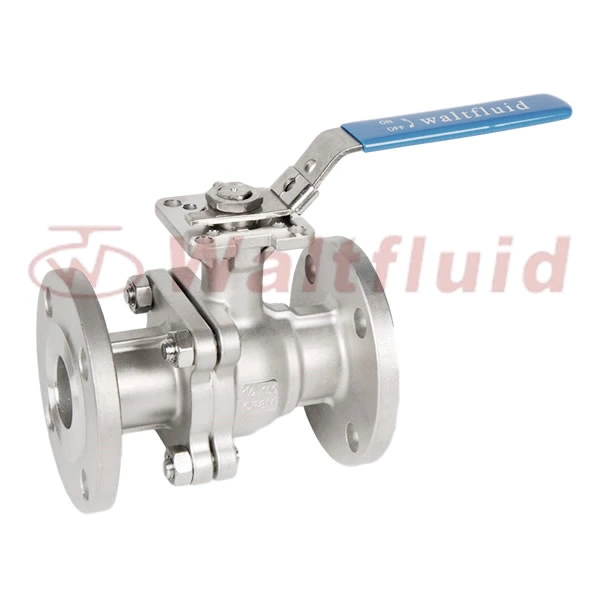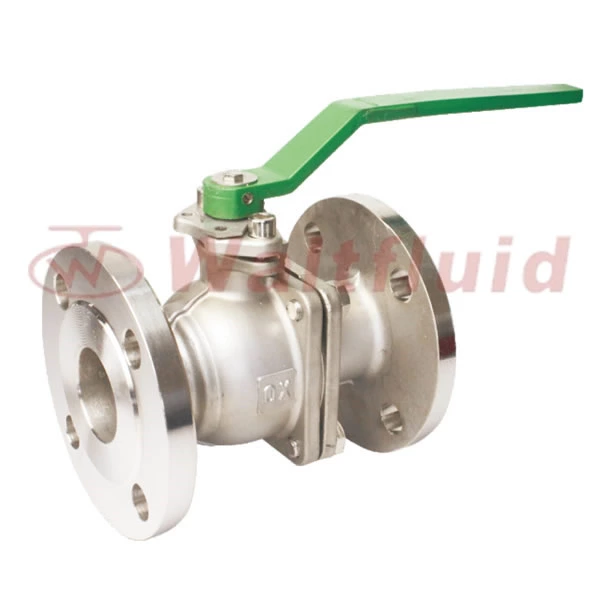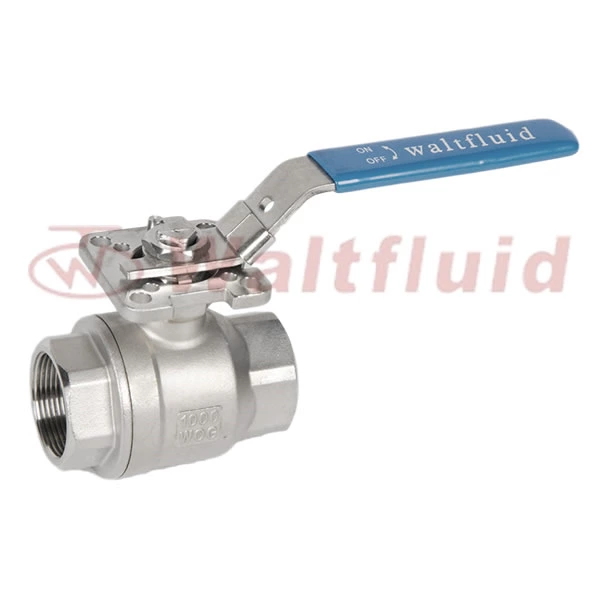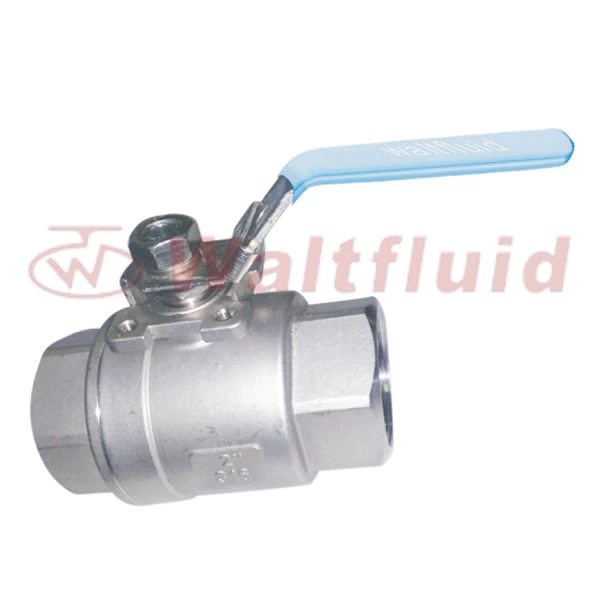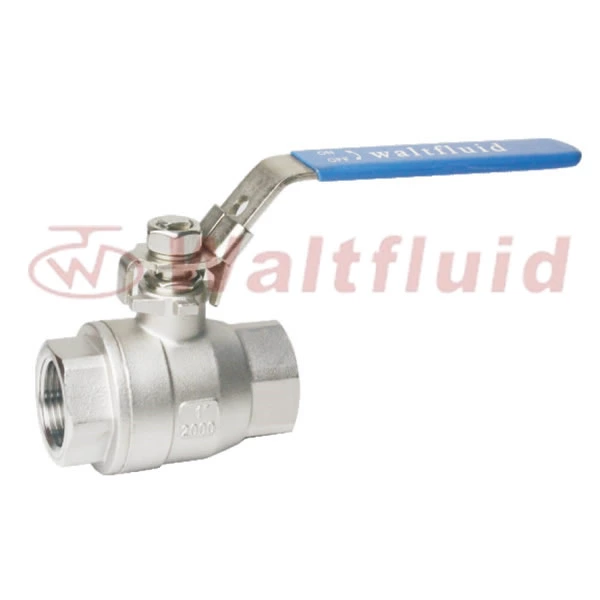Description Of Selection Requirements And Internal Structure Analysis Of Electric Ball Valve
Electric ball valve is an important actuator in industrial automation control system. Electric ball valve is a valve that rotates around the axis of the valve stem according to the movement of the valve disc. The change of the valve seat opening is proportional to the valve disc stroke. It is mainly used to cut off or connect the medium in the pipeline, and can also be used for fluid regulation and control. It is a pipeline pressure element for industrial automation process control.
Electric ball valve selection requirements
1. It is a control element. It is widely used in the use of fluid pipeline systems. It has many uses and has a very good effect on controlling flow, pressure, reflux, etc. Because the quality of electric ball valves has a great impact on the safety of pipelines, when selecting electric ball valves, they must be selected according to certain procedures and bases.
2. Know the diameter of your company's pipelines and know what diameter and connection method of electric ball valves you need to choose.
3. According to the needs of the pipeline, first determine some common parameters of the electric ball valve, such as discharge capacity, allowable flow resistance, diameter size of the valve seat hole, etc. If these parameters are not selected correctly, the function of the electric ball valve in controlling flow will be greatly reduced.
4. According to the working temperature of the pipeline, select appropriate materials. Of course, the working pressure of the pipeline should also be taken into consideration.
Electric ball valve model specifications
Material: WCB, ZG1Cr18Ni9Ti, ZG1Cr18Ni12Mo2Ti, CF8 (304), CF3 (304L), CF8M (316), CF3M (316L), Ti
Nominal diameter: DN50~DN350
Nominal pressure: PN1.6~25MPa
Applicable temperature: -46℃~ 500℃
Drive mode: electric
Electric ball valve types include: floating ball valve, fixed ball valve, track ball valve, V-type ball valve, three-way ball valve, stainless steel ball valve, forged steel ball valve, ash discharge ball valve, sulfur-resistant ball valve, three-way ball valve, pneumatic ball valve, electric ball valve, sleeve ball valve, welding ball valve, flange ball valve, threaded ball valve. Floating ball: The ball of the ball valve is floating. Under the pressure of the medium, the ball can produce a certain displacement and press tightly on the sealing surface of the outlet to ensure the sealing of the outlet. The floating ball valve has a simple structure and good sealing performance, but the load of the working medium borne by the ball is all transmitted to the outlet sealing ring. Therefore, it is necessary to consider whether the sealing ring material can withstand the working load of the ball medium. When subjected to high pressure shock, the ball may deviate. This structure is generally used for medium and low pressure ball valves. Fixed ball: The ball of the ball valve is fixed and does not move after being pressurized. Fixed ball ball valves are all equipped with floating valve seats. After being subjected to medium pressure, the valve seat moves, so that the sealing ring is pressed tightly against the ball to ensure sealing. Bearings are usually installed on the upper and lower shafts of the ball. The operating torque is small and it is suitable for high-pressure and large-diameter valves. In order to reduce the operating torque of the ball valve and increase the reliability of the seal, lubricating oil is added to form an oil film, which not only enhances the sealing performance, but also reduces the operating torque, and is more suitable for high-pressure and large-diameter ball valves. Elastic ball: The ball of the ball valve is elastic. Internal structure of stainless steel ball valve
Both the ball and the valve seat seal ring are made of metal materials. The sealing pressure ratio is very large. The pressure of the medium itself cannot meet the sealing requirements, and external force must be applied. This valve is suitable for high temperature and high pressure media. The elastic ball is elastic by opening an elastic groove at the lower end of the inner wall of the ball. When closing the channel, the wedge head of the valve stem is used to expand the ball and press it against the valve seat to achieve sealing. Before turning the ball, loosen the wedge head first, and the ball will return to its original shape, so that a small gap appears between the ball and the valve seat, which can reduce the friction and operating torque of the sealing surface.
The above is the description of the selection requirements of 2 Piece Threaded Ball Valve, the detailed description of the model specifications of the electric ball valve and the internal structure analysis. The electric ball valve is a combination of a plug-type ball valve and an electric actuator. The ball valve body structure is a valve core rotated 90 degrees. The electric actuator inputs a standard signal of 0-10 mA. The motor group drives the gear worm angular torque to adjust the valve with a switch box. Its use is mainly generated by the current and adjustment operation.
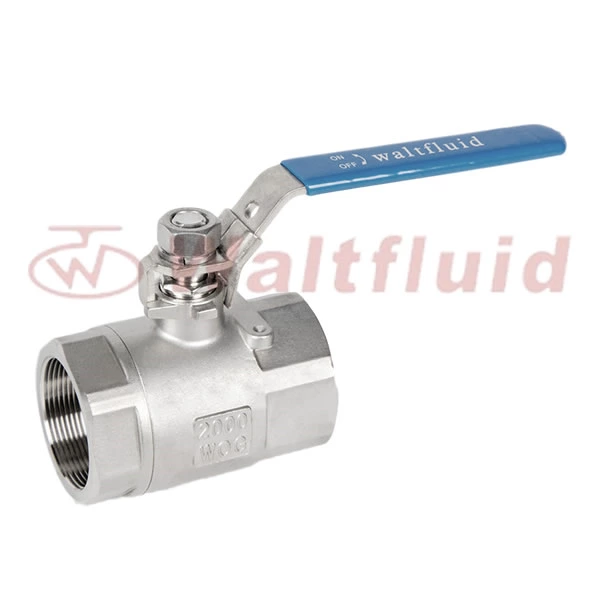
 English
English 中文
中文 Pусский
Pусский  Español
Español
